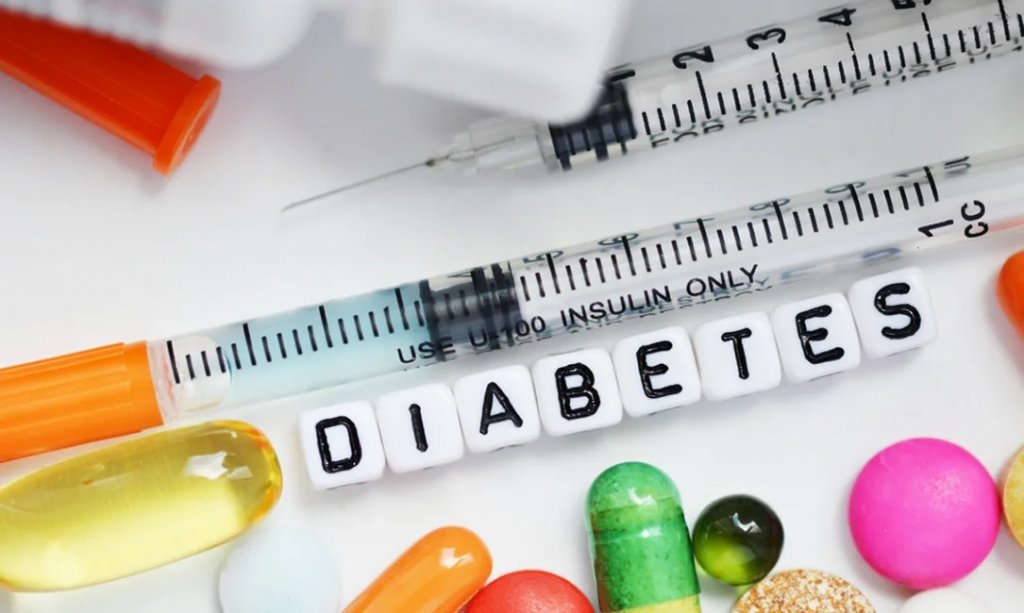
Types of diabetes
Nowadays, diabetes manifests itself in three different forms, which are supplemented by the previous stage. Prediabetes is a temporary deviation of the glucose level from the norm. This pathology cannot be called full-fledged diabetes, but it is considered the first alarm bell. Prediabetes is caused by many factors, including poor nutrition and problems with excess weight. If a person does not take his health under control, a temporary spike in sugar turns into type 2 diabetes.
Diabetes of the first type
The first form of diabetes is an autoimmune disease in which the cells of the pancreas are damaged. The production of insulin stops or cannot be produced – there is not enough of it to keep the sugar level at normal levels.
This form of the disease is very rare. For example, only 10% of diabetics in Russia suffer from it. Symptoms appear mainly before the age of 40, often in early childhood or adolescence. Because of such statistics, the first form of diabetes is sometimes called “juvenile diabetes”.
Due to damage to the pancreas at the cellular level, the patient needs to maintain the sugar level artificially. For this, constant injections of insulin are used.
Symptoms of type 1 diabetes
The first signs of the first form of the disease can appear quickly and develop within a few days. Fortunately, diagnosing diabetes is not difficult at all. The main thing is to immediately consult a doctor. If the necessary measures are taken in time, the symptoms will disappear as quickly as they appeared.
Symptoms of the disease:
- accelerated urination (often begins in children at night);
- constant thirst (a consequence of dehydration due to frequent urination);
- rapid weight loss (sugar is washed out with urine, a person loses calories);
- failure of strength (also a consequence of dehydration);
- mood swings (due to spikes in glucose levels).
Diabetes of the second type
The most common form of the disease, which develops for one of two reasons:
- pancreatic cells can no longer produce insulin in the required amount;
- insulin is no longer perceived by the body.
Symptoms of diabetes of the second type, unlike the first, usually appear already in adulthood. Lifestyle directly affects the development of the disease. Obesity is one of the main causes of this form of diabetes. Every year, more and more cases of diseases caused by overeating, poor-quality products and a passive lifestyle are recorded.
But not all diabetics are people who lead an unhealthy lifestyle. Even if you are in excellent physical shape, you are at risk. Genetic predisposition and stress are factors from which there is nowhere to hide.
Symptoms of type 2 diabetes
Type 2 diabetes can progress for many years, remaining unnoticed by a person. The first symptoms are practically not noticeable. The disease develops incrementally. As in the case of type 1, weakness and increased urination are the first alarm bells. But there are several differences:
- vision problems (due to increased sugar, the lens of the eye swells, so the person begins to see worse);
- itching (most often in the genital area);
- failure of strength (which is important – after eating, as at this moment there is a jump in the sugar level);
- candidiasis of the oral cavity (elevated glucose level is favorable for the development of yeast fungi);
- dry skin or tingling in various parts of the body (a sign of a lack of gamma-linolenic acid, which can eventually lead to damage to the legs, feet and hands).
Summing up, let’s determine what is the difference between the forms of the disease. So, there are two options:
- TYPE. The body of a diabetic is not able to produce insulin.
- TYPE. Too little insulin is produced or the body is unable to use it effectively.
Gestational type of diabetes
The third, little-known form of the disease is called gestational diabetes. Unlike the first two types, this condition is short-lived and occurs during pregnancy. It is usually diagnosed in the second or third trimester, less often occurs in the first. If the signs are detected in the early stages, in most cases this indicates that the disease developed even before pregnancy.
The cause of gestational diabetes is the production of a number of hormones during pregnancy. The placenta secretes substances that affect the pancreas. Hormones can disrupt insulin production or reduce its effectiveness.
Fortunately, the disease will disappear immediately after the birth of the child. But if diabetes occurs with each pregnancy, it increases the risk of a stable diabetic state. The older a pregnant woman is, the more likely she is to develop type 2 diabetes in adulthood.


 144
144  144
144